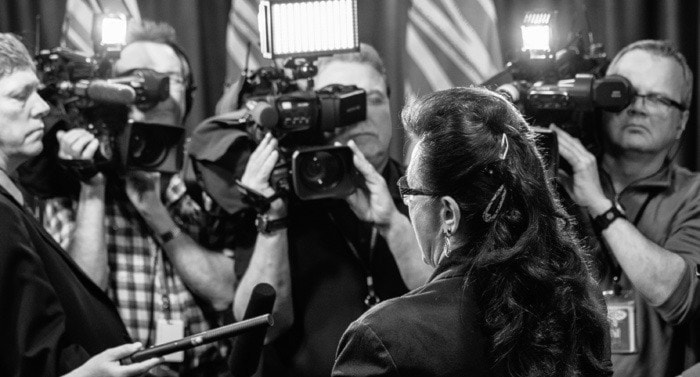VICTORIA – The B.C. Liberal government’s bill to divide the Agricultural Land Reserve into two zones has passed, after one of the nastier exchanges I’ve seen in a decade covering the B.C. legislature.
“You’re all a bunch of corrupt liars,” NDP agriculture critic Nicholas Simons yelled as the government cut off a long and mostly repetitious debate that dominated the final days of the legislature session.
Not to be outdone, cabinet minister Bill Bennett replied to Simons’ heckle about Kootenay rancher Faye Street, one of Bennett’s most vocal supporters as he pushed through changes to the land reserve to ease land use restrictions in rural zones.
Bennett advised Simons to offer his remarks to Street in person. “She’ll kick your ass,” Bennett said.
The on-the-record debate wasn’t much better. Columbia River-Revelstoke NDP MLA Norm Macdonald summed up his party’s biggest objection with his charge that “a bunch of Liberal political hacks” will be appointed to regional panels of the Agricultural Land Commission.
The government’s scheme, Macdonald and other NDP critics predicted, is to unleash a flood of ALR land removals, to enrich B.C. Liberal supporters by allowing development on productive farmland.
That might be a valid concern, but there are a couple of factual problems. First, every appointment to the ALC, at the regional or provincial level, is made by the B.C. government. It’s been that way since the Dave Barrett administration set it up in 1973.
Second, the regional panels are not new. The B.C. Liberals imposed them in 2003. If this was their method of corrupting the process to dismantle the ALR, that would have largely happened in the years since. Surely by this time they would have found enough greedy political hacks who hate farming to subvert the process.
I’ve written before about the legitimate concerns of places like Merritt and Vanderhoof and Dawson Creek, where some ALR rules and decisions simply don’t make sense.
Strict secondary residence rules are needed in areas with non-farm development pressure. In most rural areas, they are a mistake, and are frequently ignored.
The debate wasn’t entirely devoid of honesty and civility. Macdonald interrupted his string of baseless accusations to note that under the current system, 75% of exclusion applications in the Kootenay region are approved. If that’s the case, what is really broken that needs to be fixed? It’s a good question that the government did not adequately answer.
And credit also goes to the new agriculture minister, Kelowna-Lake Country MLA Norm Letnick, who inherited a public relations mess left by the brief and boneheaded performance of Peace River North MLA Pat Pimm.
Braving the heckling at the end, Letnick put aside his partisan talking points and gave his personal assurance that the government’s intention is to support farming in those places where non-farm income is the only thing that keeps people on the land.
As soon as the theatrics had died down, the B.C. NDP sent out a fundraising plea to its members to help “save” the ALR. The party is broke and desperate after losing its fourth straight election, and it hopes to activate its declining donor base by portraying the changes as the imminent slaughter of its most sacred cow.
Voters have three years before the next election to assess this situation. If there is a flood of exclusions of prime agricultural land, then the NDP will be able to make its case that its warnings were at least partially true.
If this does not take place, then the government’s position will be vindicated. We’ll find out the truth.
Tom Fletcher is legislature reporter and columnist for Black Press. Twitter: @tomfletcherbc
